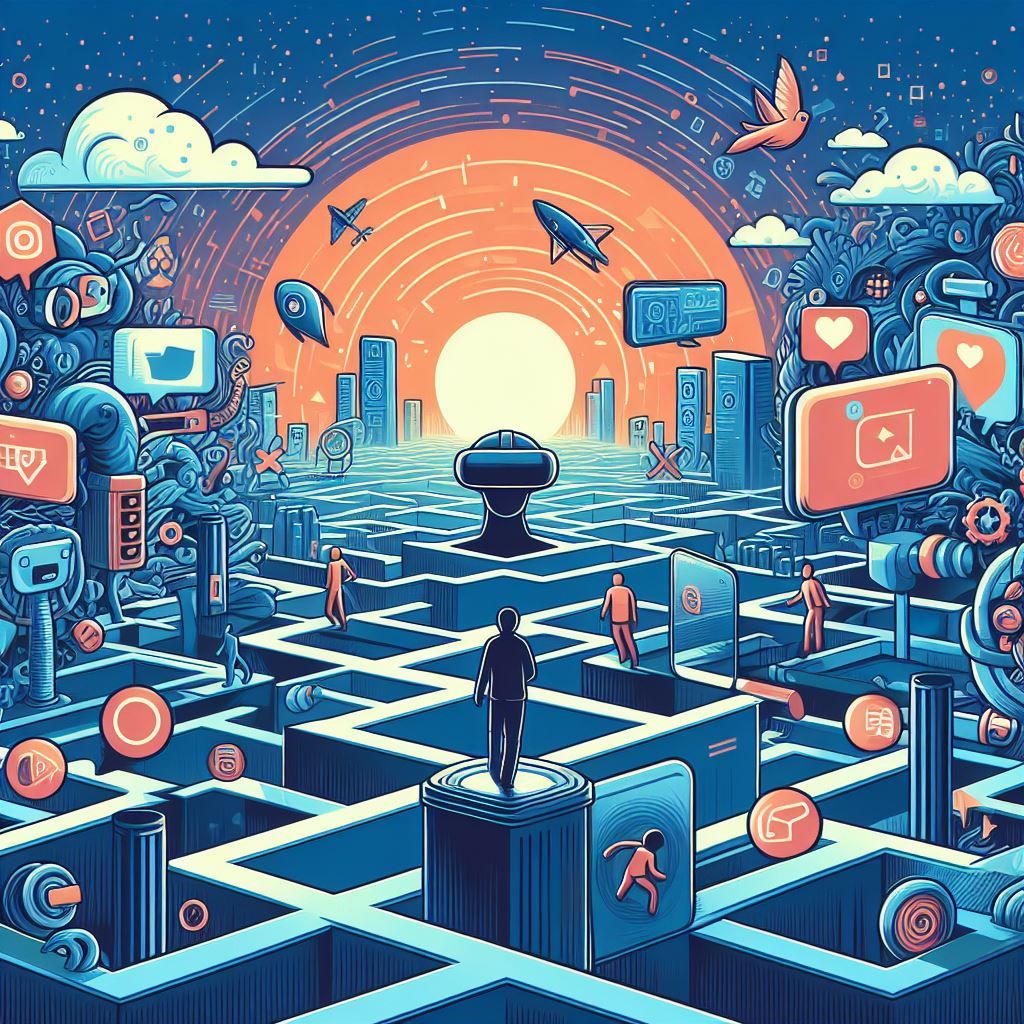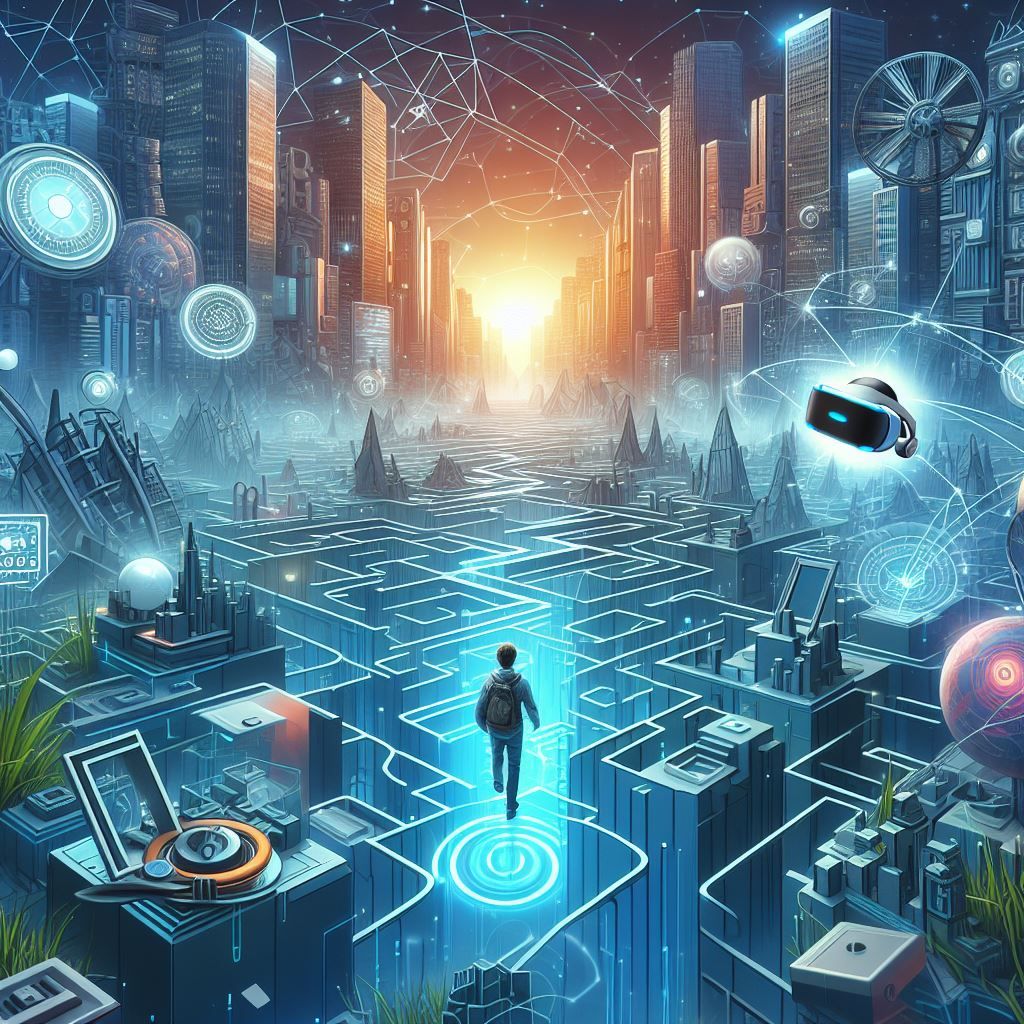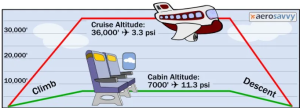
Imagine attending a virtual concert with friends from across the globe, or trying on clothes in a digital store that overlays outfits onto your reflection. This isn’t science fiction – it’s the potential future of social media shaped by Augmented Reality (AR) and Virtual Reality (VR). But for UX/UI designers, is this a dream project or a design nightmare?
The Allure of a New Frontier
AR and VR promise a revolution in social interaction. According to a recent survey by Statista, the global AR/VR market is expected to reach a staggering $80 billion by 2025. Social media platforms are scrambling to grab a piece of this pie.
Imagine these possibilities:
- Hyper-realistic avatars: Imagine attending a virtual wedding with a custom avatar that reflects your emotions and style.
- Immersive experiences: Picture attending a virtual museum tour with friends, exploring exhibits together in real-time.
- Seamless product interaction: Think trying on clothes virtually in a store that uses your phone’s camera to overlay styles on your body.
For UX/UI designers, this is a goldmine of creative opportunities. “It’s like designing a whole new world of user experiences,” says Sarah Khan, a UX designer specializing in emerging technologies. “The challenge is to make these experiences intuitive, engaging, and accessible to everyone.”
Challenges: A Designer’s Labyrinth
However, the path to this virtual utopia is riddled with design hurdles. Here’s what could keep UX/UI designers up at night:
- New design paradigms: Traditional 2D interfaces won’t work in a 3D space. Designers need to consider spatial interactions, user navigation in virtual environments, and intuitive gesture controls.
- Accessibility concerns: Not everyone has access to expensive VR headsets or AR glasses. Catering to diverse user needs and ensuring equitable experiences is crucial.
- Privacy and security: The integration of AR/VR with social media raises concerns about data collection and user privacy in these immersive environments.
Finding the Light at the End of the Tunnel
Despite the challenges, experts believe innovative design solutions can pave the way. “Collaboration between UX/UI designers, engineers, and social media developers is key,” says Khan. “We need to find ways to make these experiences user-friendly, secure, and accessible to all.”
Related: Automatic for the People
Here are some ways designers can navigate the labyrinth:
- Focus on user research: Understanding user needs and expectations in a VR/AR social media landscape is crucial.
- Prioritize user safety and well-being: Designing experiences that minimize motion sickness and ensure user comfort in VR environments is essential.
- Embrace new design tools: New software and prototyping tools are emerging to aid in the creation of immersive interfaces.
The Future is a Mixed Reality
The rise of AR/VR in social media is inevitable. While the design challenges are significant, the potential rewards are vast. For UX/UI designers, it’s not just about building interfaces; it’s about crafting the building blocks of a new era of social interaction. The future of social media might not be a utopia, but with careful design, it can be a fascinating and inclusive mixed reality experience.




